Aratama Dwarf Red Japanese Maple
Acer palmatum ‘Aratama’
Plant Details
USDA Plant Hardiness Zones: 5a-9b Find Your Zone
Height at Maturity: 3-4′ at 10 years of age; 5-6′ over time
Width at Maturity: 3-3.5′ iat 10 years of age; 4-5′ over time
Growth Habit / Form: Upright, Rounded
Growth Rate: Slow, 4-6″ per year
Foliage Color in Spring: Rich Red transitioning to Plum-Red
Foliage Color in Summer: Brick Red transitioning to Green shades with Red to Orange-Red new leaves
Foliage Color in Fall: Peach shades transitioning to intense shades or Gold, Orange & Red
Light Needs: Full Sun, Morning Sun with Dappled or Afternoon Shade, All Day Filtered Sun, Morning Shade with Evening Sun; Afternoon Shade in Zone 9 SE
Water Needs: Average, moderately drought tolerant when established
Soil Type: Clay (amend heavy clay soils), Loam, Sandy (amend quick draining soil for moisture retention), Silty
Drainage: Moist but Well Drained – Well drained soil is a must!
Soil pH: 5.0 – 7.0 is ideal
Maintenance: Low
Resistances: Deer, Heat Tolerant, Insect Resistant, Sun Tolerant
Description
No matter how many Japanese Maple varieties you have growing in your gardens, ‘Aratama’, which means “uncut gem,” is a truly outstanding dwarf cultivar that will likely be one of, if not the one, which attracts the most attention throughout spring and in fall. We’ve been especially impressed with how the foliage changes to such vivid colors numerous times throughout the growing season, and it’s one of the first cultivars to leaf out in the spring, tolerating late frosts without a problem. In early spring the new leaves emerge a rich red suffused with pinkish tones quickly transitioning to a plum-red a few weeks later. The red then returns later in spring before changing to green shades with flushes of orange-red new growth during the summer months. Towards the end of summer to early fall the leaves then begin to turn to golden yellow and peach shades and finally to intense shades or yellow, orange and red to close out he season-long color show. Aratama responds very well to pruning so can be trained to grow more upright to 5 or 6 feet tall and 3 to 4 feet wide or as a rounded mound to 3 to 4 feet tall and 4 to 5 feet wide at maturity. Growing well in full sun to part shade, Aratama is an easy-to-grow solid dwarf for small garden beds or containers and a classic beauty that never disappoints!
Landscape & Garden Uses
To showcase its magnificence and beauty, Aratama Japanese Maple is best used in landscape design as a focal point specimen to draw attention to a specific area of the home or landscape. Container culture can extend the useful range of Japanese Maples, and Artama’s smaller stature is perfect for pots, planters and other containers. It is extremely easy to grow in containers, a practice taken to its most extreme form in the art of bonsai. How to Plant A Japanese Maple Tree In A Pot
Note: One Japanese Maple can make a landscape…that is, if you don’t overcrowd it with other trees and plants. Therefore, when choosing companions to plant under or around your Japanese Maple, make sure to select low-growing shrubs or groundcover plants that won’t interfere at all with your tree.
Growing Preferences
Though delicate looking, Japanese Maples are actually very tough and long-lived trees. They are very easy to grow in the ground or in containers.
In their natural habitat, Japanese Maples are understory trees, growing in dappled forest sunlight at the edges of woodlands. Ideally they prefer to be grown in similar conditions. Aratama Japanese Maple will tolerate full sun however, as with most other varieties, might appreciate some shade or filtered sun during the afternoon in the deep South.
Most any average garden soil will grow Japanese Maples. They prefer a moist but well-drained soil rich in organic matter. As with so many other ornamental plants and trees, constantly soggy or wet soil can be problematic. So make sure to plant your Japanese Maple in a well-drained site.
Helpful Articles
Click on a link below to find helpful advice from our experts on how to plant and care for Japanese Maple trees.
How To Plant A Japanese Maple Tree In The Ground
How to Plant A Japanese Maple Tree In A Pot
How To Fertilize And Water A Japanese Maple Tree
How To Prune A Japanese Maple
Plant Long & Prosper!
Meet The Wilson Brothers & Staff
Questions? Contact Us!
Be the first to review “Aratama Dwarf Japanese Maple – 3 Gallon Pot” Cancel reply
Related products
Sale!
Sale!
Sale!
Sale!
Sale!
Sale!
Sale!
Sale!

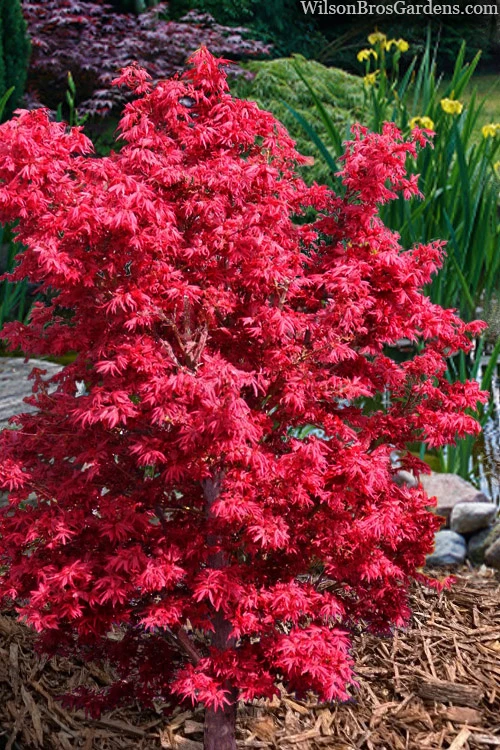


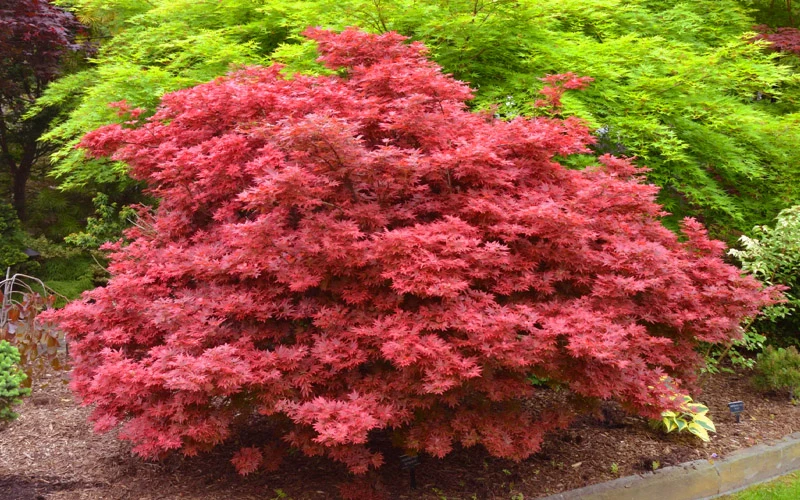

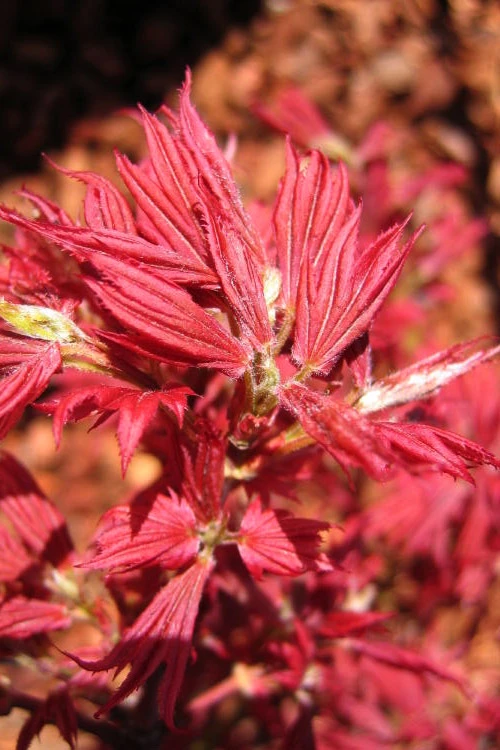
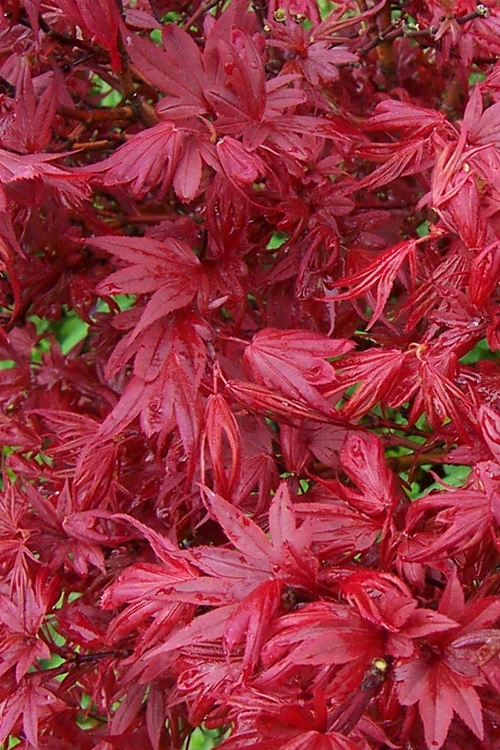

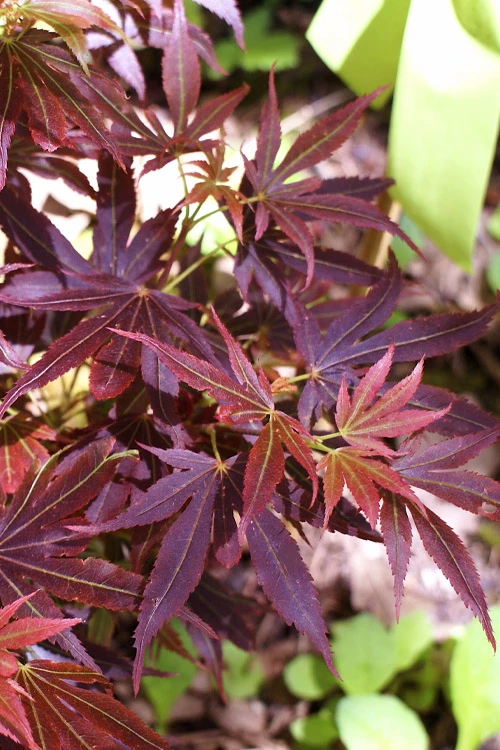

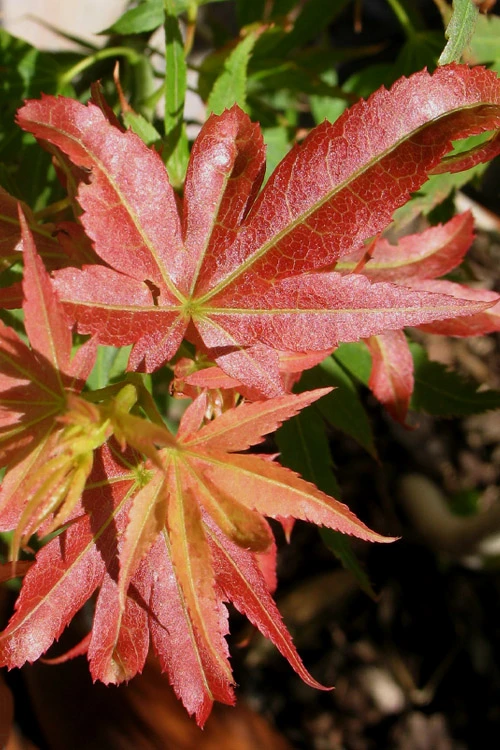
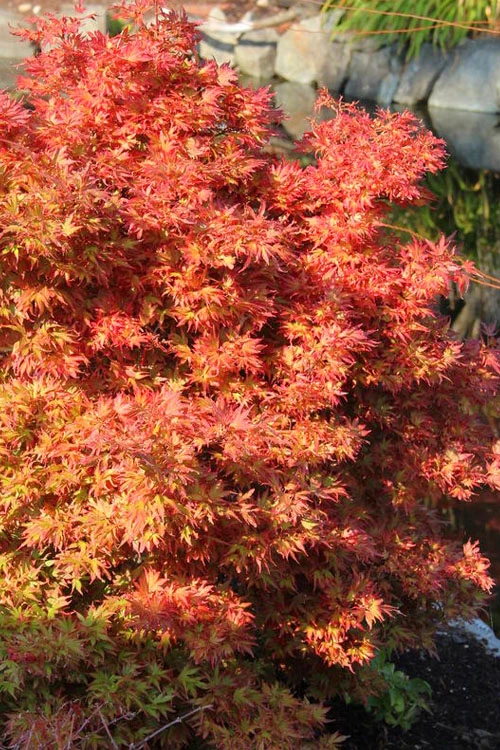






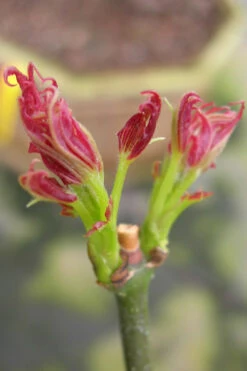

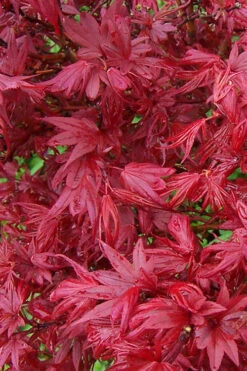
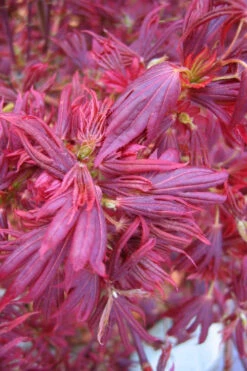




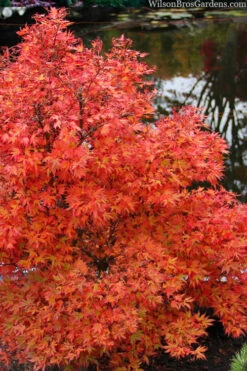



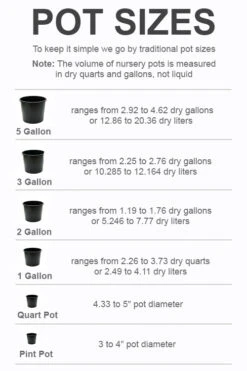
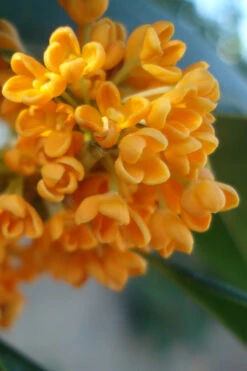
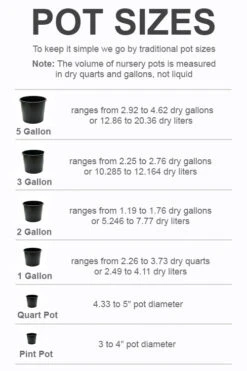
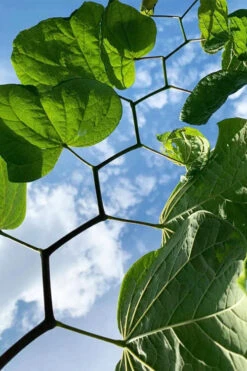



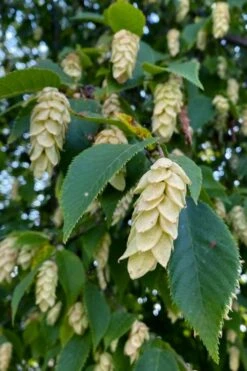

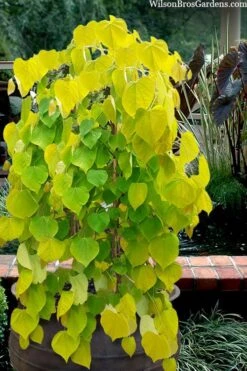
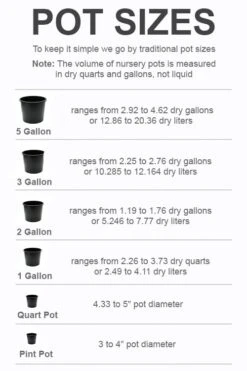
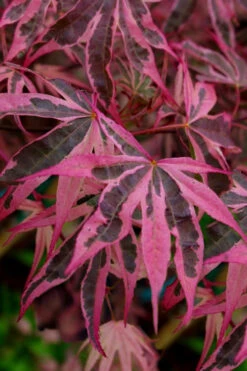
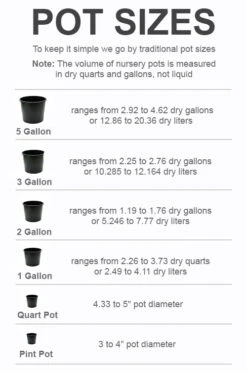


Reviews
There are no reviews yet.